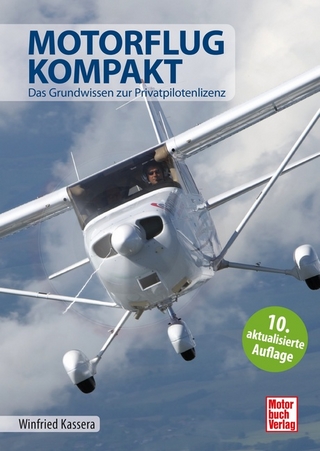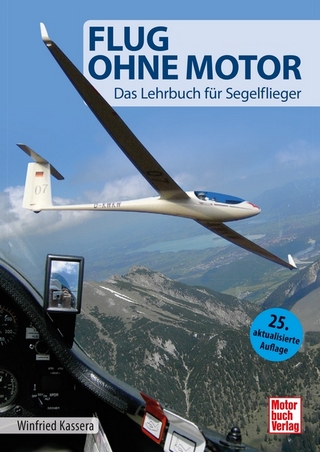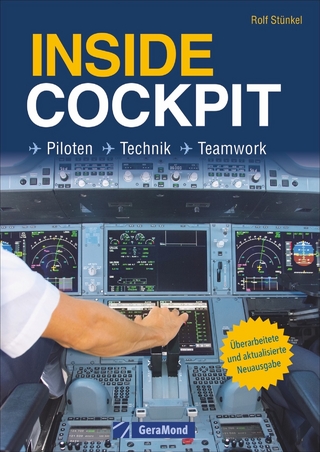
Flying Camelot
The F-15, the F-16, and the Weaponization of Fighter Pilot Nostalgia
Seiten
2021
Cornell University Press (Verlag)
978-1-5017-6065-5 (ISBN)
Cornell University Press (Verlag)
978-1-5017-6065-5 (ISBN)
Flying Camelot brings us back to the post-Vietnam era, when the US Air Force launched two new, state-of-the art fighter aircraft: the F-15 Eagle and the F-16 Fighting Falcon.
It was an era when debates about aircraft superiority went public—and these were not uncontested discussions. Michael W. Hankins delves deep into the fighter pilot culture that gave rise to both designs, showing how a small but vocal group of pilots, engineers, and analysts in the Department of Defense weaponized their own culture to affect technological development and larger political change.
The design and advancement of the F-15 and F-16 reflected this group's nostalgic desire to recapture the best of World War I air combat. Known as the "Fighter Mafia," and later growing into the media savvy political powerhouse "Reform Movement," it believed that American weapons systems were too complicated and expensive, and thus vulnerable. The group's leader was Colonel John Boyd, a contentious former fighter pilot heralded as a messianic figure by many in its ranks. He and his group advocated for a shift in focus from the multi-role interceptors the Air Force had designed in the early Cold War towards specialized air-to-air combat dogfighters. Their influence stretched beyond design and into larger politicized debates about US national security, debates that still resonate today.
A biography of fighter pilot culture and the nostalgia that drove decision-making, Flying Camelot deftly engages both popular culture and archives to animate the movement that shook the foundations of the Pentagon and Congress.
It was an era when debates about aircraft superiority went public—and these were not uncontested discussions. Michael W. Hankins delves deep into the fighter pilot culture that gave rise to both designs, showing how a small but vocal group of pilots, engineers, and analysts in the Department of Defense weaponized their own culture to affect technological development and larger political change.
The design and advancement of the F-15 and F-16 reflected this group's nostalgic desire to recapture the best of World War I air combat. Known as the "Fighter Mafia," and later growing into the media savvy political powerhouse "Reform Movement," it believed that American weapons systems were too complicated and expensive, and thus vulnerable. The group's leader was Colonel John Boyd, a contentious former fighter pilot heralded as a messianic figure by many in its ranks. He and his group advocated for a shift in focus from the multi-role interceptors the Air Force had designed in the early Cold War towards specialized air-to-air combat dogfighters. Their influence stretched beyond design and into larger politicized debates about US national security, debates that still resonate today.
A biography of fighter pilot culture and the nostalgia that drove decision-making, Flying Camelot deftly engages both popular culture and archives to animate the movement that shook the foundations of the Pentagon and Congress.
Michael W. Hankins is the Curator of US Air Force History at the Smithsonian National Air and Space Museum. Follow him on X @Hankenstien.
Introduction
1. The Fighter Pilot with a Thousand Faces
2. You Can Tell a Fighter Pilot (But You Can't Tell Him Much)"
3. What We Mean When We Say "Fighter"
4. "The Right Fighter"
5. "The Lord's Work"
6. Writing Heresy
7. "Zealots of the Classic Variety"
8. Kicking Vietnam Syndrome
Conclusion
| Erscheinungsdatum | 02.11.2021 |
|---|---|
| Reihe/Serie | Battlegrounds: Cornell Studies in Military History |
| Zusatzinfo | 25 Halftones, black and white |
| Verlagsort | Ithaca |
| Sprache | englisch |
| Maße | 152 x 229 mm |
| Gewicht | 907 g |
| Themenwelt | Natur / Technik ► Fahrzeuge / Flugzeuge / Schiffe ► Luftfahrt / Raumfahrt |
| Geschichte ► Teilgebiete der Geschichte ► Militärgeschichte | |
| Sozialwissenschaften ► Politik / Verwaltung | |
| ISBN-10 | 1-5017-6065-3 / 1501760653 |
| ISBN-13 | 978-1-5017-6065-5 / 9781501760655 |
| Zustand | Neuware |
| Haben Sie eine Frage zum Produkt? |
Mehr entdecken
aus dem Bereich
aus dem Bereich
das Grundwissen zur Privatpilotenlizenz
Buch | Hardcover (2024)
Motorbuch Verlag
39,90 €


